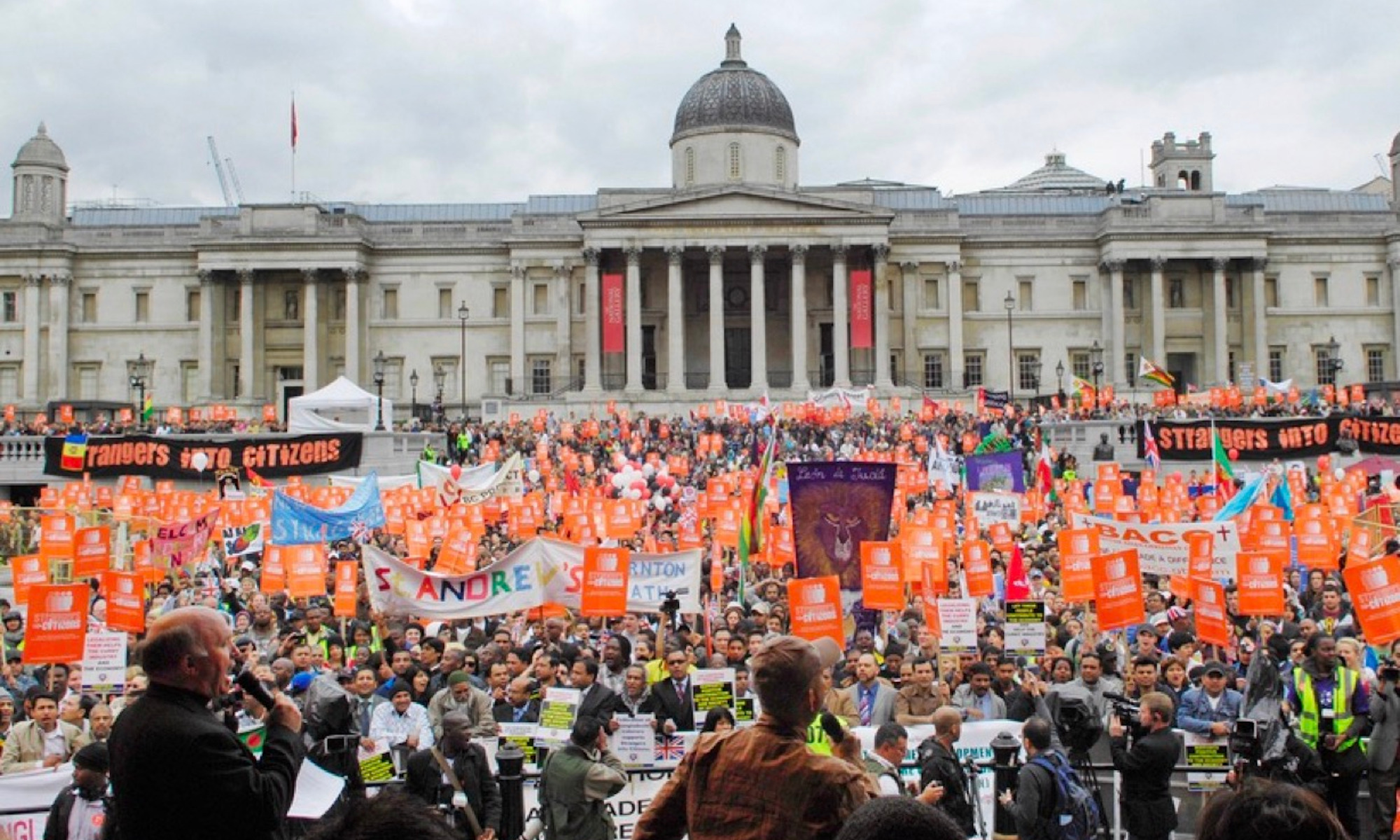Neighboring the Queen’s Palace, the demographic of Westminster’s population comes across as less dense than the surrounding area of London as delineated by the red line on Horwood’s Plan (1792-1799). Comparable to the city and its additional boroughs, Westminster gives the impression it is heavily populated. However, the city’s residence next to Saint James’s Park, Green Park, and the Queen’s Gardens, as well as the city’s location, a mere one street from the River Thames, give the illusion of more open space. While London, as a whole, persists upon its placement about the Thames, the institutions of which make up the City of Westminster strongly point to its higher-class residency, who, of which, make up the court, the nobility, and other people of distinction, with a certain composition of tradesmen and artists. Dividing the City of Westminster into subcategories based on points of interest: establishments of leisure and entertainment, institutions of reverence, and buildings that pertain to the adjacent parts of the royal services, we can begin to comprehend the livelihood and professional nature of this upper-crust population.

The presence of two theatres on Haymarket Street indicates that those who live in this area can afford leisure activities or comprise the actors that perform at these companies. The seasonal nature of this amusing pastime, The Little Theatre’s summertime availability, and the Italian Opera’s wintertime entertainment emphasizes that this leisure activity is offered only to those who can afford to enjoy the social and cultural amenities of year-round entertainment.
In addition to Saint Martin’s Church, a notable institution of reverence and considered one of the finest churches in London, The Banqueting House of Whitehall demands the same category of distinction. Host to daily divine service, The Banqueting House of Whitehall beholds a statue of James II upon a pedestal, esteemed to be one of the finest of its kind in England, and serves as an area of notoriety, praise, and respect.
The Admiralty is a large office and apartment building occupied by the lords that possess a large hall and seven spacious houses appointed only to the lords and commissioners of The Admiralty. The elegant wall designated in front of the court gives The Admiralty its air of exclusivity and prominence.
With Westminster’s proximity to the Queen’s Palace, The Horse Guards and The Kings Mews are buildings that concern adjoining parts to royal services. The King Mews, or the falconry of the King, was converted into a stable for horses and coach of state by Henry VIII. Constantly on duty as sentinels, the armed troops that constitute The Horse Guards stand watch on horseback. However, this building serves a dual purpose, functioning as a control point to a vaulted passage that leads into Saint James’s Park.
The prominence that these points of interest indicate that the inhabitants of Westminster are educated and affluent, and those employed by these institutions are likely in the service of the Queen.
